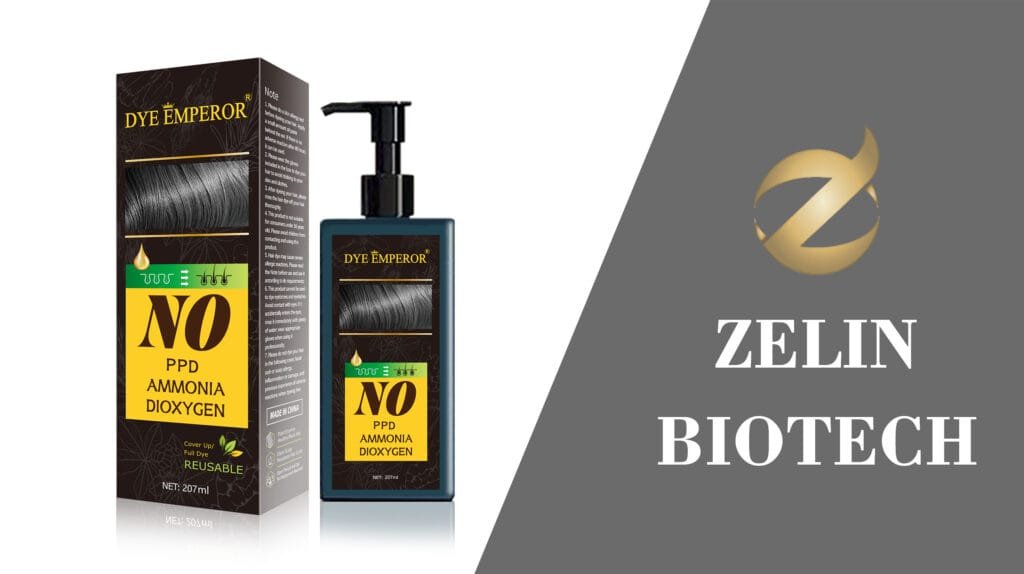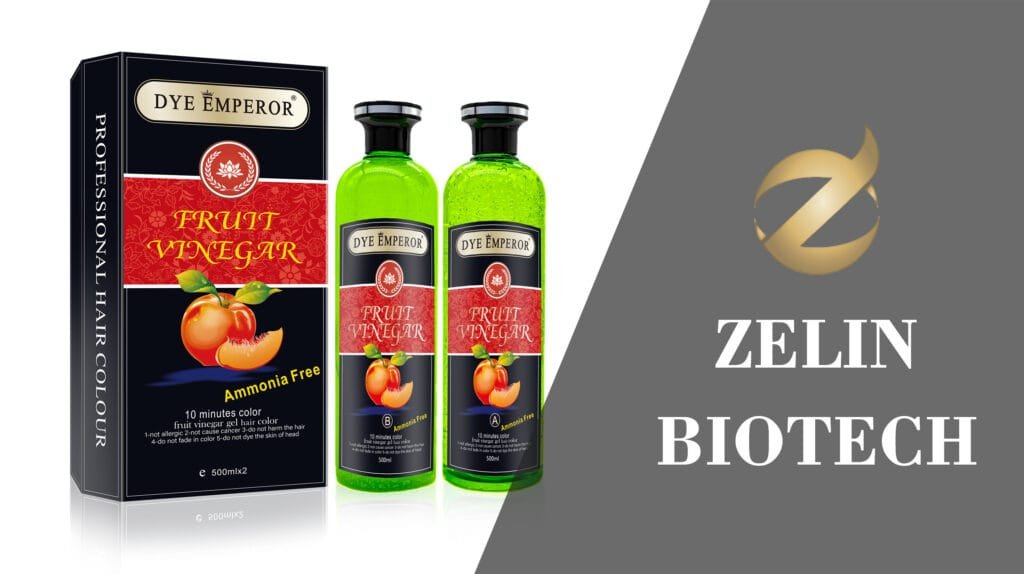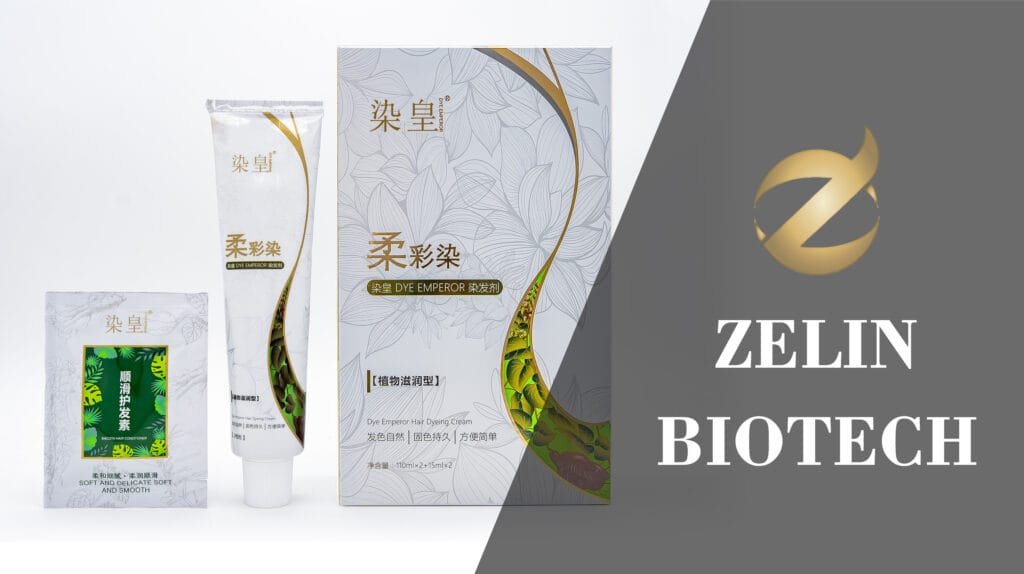As a longtime cosplayer and wig stylist, I’ve transformed dozens of wigs from plain to extraordinary. There’s a special kind of magic in taking a standard wig and customizing its color to perfectly match a character or creative vision. Many people want to learn how to dye Synthetic Hair, but they’re often intimidated by the process. Based on my years of experience—including my early mistakes!—I’m here to give you a foolproof, professional-level method for achieving vibrant, even color at home.
First, let’s be clear: forget everything you know about traditional hair dye. Synthetic wigs are made of plastic fibers, not human hair, and they require a totally different approach. This guide will walk you through the exact process I use.
The Most Important First Step: Can Your Wig Even Be Dyed?
Before you even think about dye, you must answer one question: Is your wig heat-resistant?
This is the absolute, non-negotiable starting point. The most effective method for dyeing synthetic wigs involves hot water. If your wig is not heat-resistant, it will melt, frizz, and be irreversibly destroyed.
Heat-Resistant Wigs: Most modern, high-quality synthetic wigs (often labeled with terms like “Kanekalon,” “Futura,” or simply “heat-safe”) can handle low to medium heat. These are the only wigs you should attempt to dye using this method.
Non-Heat-Resistant Wigs: Older, “party store” quality wigs often cannot withstand heat. Attempting to dye Synthetic Hair that is not heat-resistant will end in disaster.
My Strongest Advice: Always check the wig’s product description or label. If you’re unsure, snip a tiny, inconspicuous strand from the inside of the wig and test it with a bit of hot water from a kettle. If it shrivels or melts, do not proceed.

Part 1: Your Mission Prep – Gathering the Right Tools
A smooth process starts with having everything you need within arm’s reach. Here is my go-to checklist for every wig dyeing project.
The Right Dye: This is crucial. Do NOT use traditional human hair dye. The gold standard for synthetic wigs is a fabric dye formulated for synthetics. My personal and professional recommendation is Zelin Dyes for Synthetics. It’s specifically designed to bond with plastic fibers and gives vibrant, consistent results.
A Large Pot: It must be big enough for the wig to move around freely. Important: I highly recommend using a pot dedicated to crafting, not one you use for food.
Heat-Resistant Gloves: To protect your hands from hot water and dye stains.
Metal Tongs or a Large Metal Spoon: For safely handling the hot wig.
Wig Stand: Essential for detangling, drying, and styling.
Wide-Tooth Comb & Detangling Brush: For preparing the wig and for gentle combing post-dye.
Old Towels: To protect your workspace and for patting the wig dry.
Part 2: The Core Method – The Hot Water Dye Bath
While some tutorials mention spray bottles, I find that method prone to splotchiness. For a rich, even, all-over color, the dye bath is the most reliable way to dye Synthetic Hair for beginners and pros alike.
Step 1: Prepare Your Wig
Start with a clean, completely detangled wig. If it’s new, give it a quick wash with a gentle shampoo to remove any factory coating. Brush it out thoroughly, starting from the ends and working your way up to the roots.
Step 2: Prepare the Dye Bath
Fill your large pot with enough water to fully submerge the wig.
Bring the water to a simmer on your stove—it should be steaming, but not a rolling boil. A full boil is too hot.
Shake your bottle of Rit DyeMore well and pour it into the hot water (a good starting ratio is one bottle per 2-3 gallons of water). Stir thoroughly.
Pro-Tip: You can only dye a wig a darker color. You cannot lighten a dark wig. You can dye a blonde wig brown, but you cannot dye a black wig blonde.
Step 3: The Strand Test (Do Not Skip This!)
This is the most important step for preventing disaster. Snip a small, hidden piece of hair from the wig. Using your tongs, dip it into the dye bath for a few minutes. Remove it, rinse it under cool water, and pat it dry. This will show you the exact color you will get, allowing you to adjust dye concentration or time if needed.
Step 4: Dye the Wig
Thoroughly wet the wig with plain tap water. A wet wig absorbs dye more evenly.
Carefully lower the wet wig into the dye bath.
Use your tongs to gently submerge it and stir it around slowly and consistently. This is key to preventing splotches.
Let the wig soak. The time will vary depending on your desired color intensity (from 5 minutes for a light tint to 30+ minutes for a deep, saturated color).
Step 5: Rinse and Condition
Once you achieve your desired color, carefully remove the wig from the pot.
Rinse the wig under cool running water until the water runs completely clear.
Gently squeeze out excess water, apply a small amount of conditioner to restore softness, and give it one final cool rinse.
Step 6: Dry and Style
Lay the wig on an old towel and gently pat and blot out as much water as you can. Do not rub or wring it.
Place the wig on its stand and gently detangle with a wide-tooth comb.
Let it air dry completely. This may take 24-48 hours.
Part 3: Troubleshooting Common Mistakes
I’ve made all of these mistakes so you don’t have to!
Problem: The color is splotchy or uneven.
Cause: The pot was too small, the wig wasn’t stirred enough, or a crucial step was missed when you tried to dye Synthetic Hair.
Fix: You can often fix this by putting the wig through a second, more diluted dye bath, making sure to stir constantly to even out the color.
Problem: The wig is a tangled mess after dyeing.
Cause: The water was at a rolling boil, or the wig was handled too roughly.
Fix: While the wig is still damp and coated in conditioner, work in small sections from the bottom up with a wide-tooth comb. Be patient.
With this guide, you are now equipped with the professional knowledge to confidently and successfully dye Synthetic Hair. It’s a process that requires patience, but the result—a perfectly customized wig that is uniquely yours—is absolutely worth it.




